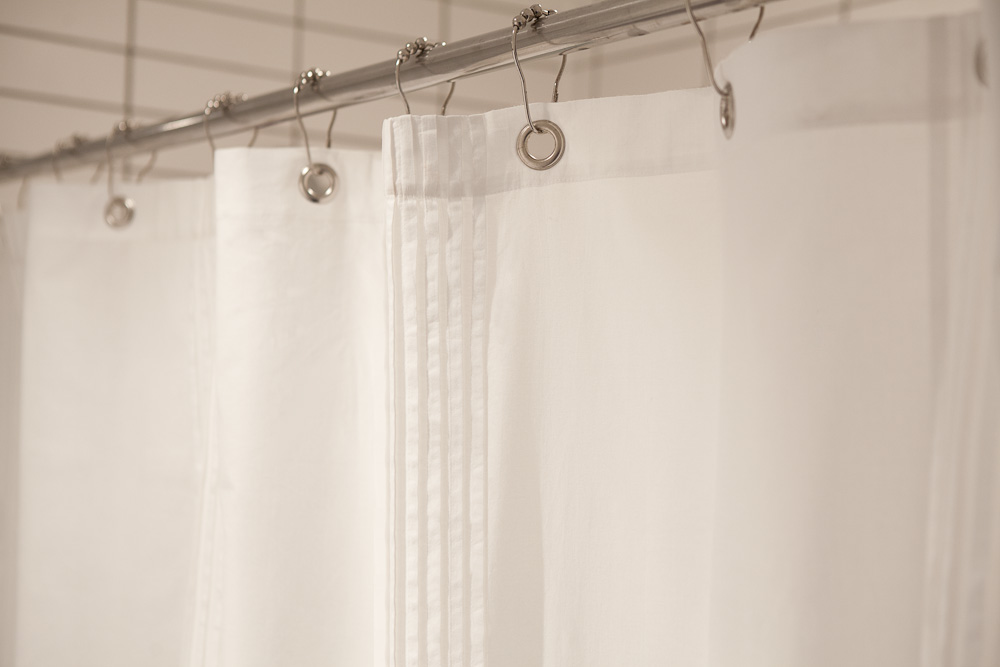We’ve been getting several questions from customers with newly diagnosed mold allergies, wondering what they should be doing at home to reduce exposure. Even if you don’t have an obvious allergy, we should all be concerned about mold in the home. Here’s why, and what you can do about it.
What is Mold? (or Mould in Canadian 🙂
Sounds like a no-brainer, but we’ll review it anyway. Mold is actually a fungus that grows on damp surfaces with some sort of food source (like drywall or soap on caulking). There are many different types of mold in a range of colors and appearances, but they all release tiny spores that we breathe in and can react to.
What’s the Problem with Mold?
Both Health Canada and the US Centre for Disease Control agree that there’s no way to determine a “safe” level of mold exposure. There are just too many different types, and health effects are very specific to each individual. Here are some of the ways susceptible individuals may react to mold:
- Nasal congestion, eye irritation, coughing wheezing, or skin irritations1;
- Increased asthma symptoms2;
- Increased hypersensitivity pneumonitis (an immune system disorder) symptoms3;
- Increased chance of respiratory illness and asthma in children with early childhood exposure4.
Can You Test for Mold?
If you suspect you have mold in your home, but can’t see it, you may want to test before taking any drastic remedial measures. There are DIY kits available from hardware stores and online, but they may not be effective or accurate. According to sustainable building advisor Bettina Hoar of Sage Living Toronto, “it really only takes a tiny snapshot in time and the results can be hard to interpret because there are mold spores everywhere, always.”
You can hire a professional to test and remediate mold, but you should make sure they are a reputable company before hiring anyone.
How to Get Rid of Mold
As mentioned, mold needs damp surfaces to grow. This is why it is commonly found in bathrooms, basements, or around poorly insulated windows.
If you already see mold, and it’s in a small area (i.e. less than 12ft2), you can clean it using soap and water, or baking soda if it’s on a permeable surface like drywall. Larger areas should be remediated by a professional.
If you choose to clean it up yourself, wear protective equipment including a breathing mask (at least an N95 respirator), safety glasses, and rubber gloves. Benefect is a natural disinfectant that can help prevent mold regrowth by killing spores – if you use a professional for clean-up, ask them to use this rather than conventional toxic disinfectants.
Air purifiers and HEPA filters can be used to remove mold spores from the air, but these should not be used in lieu of removing mold from the source.
So, now you know what to do if you suspect (or know) you have mold in your home. Whether or not you have a noticeable allergy, mold should be dealt with as soon as it’s found to avoid problems down the road.
But if you’ve had mold once, you’re more likely to get it again. Stay tuned for tips to help prevent mold growth in the first place.
